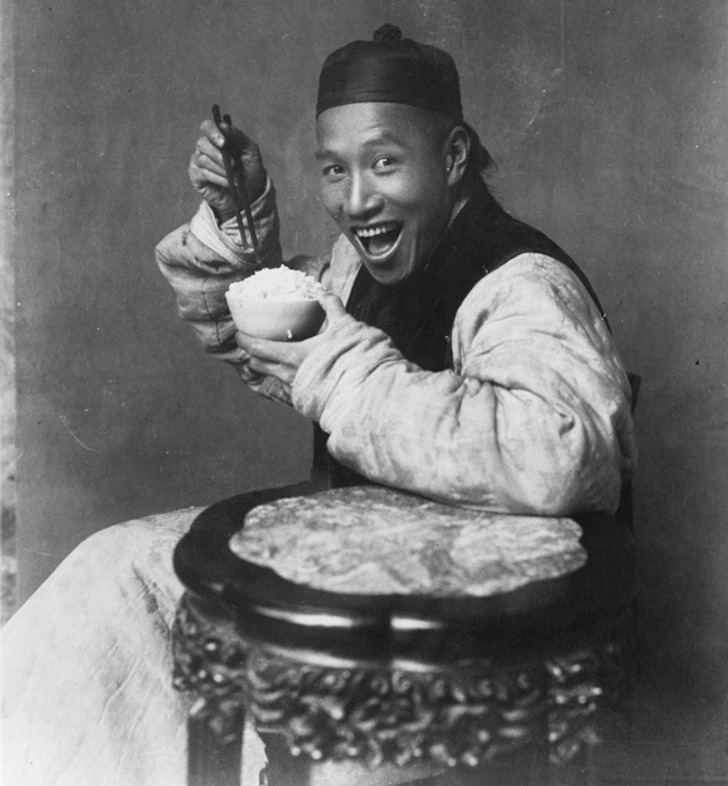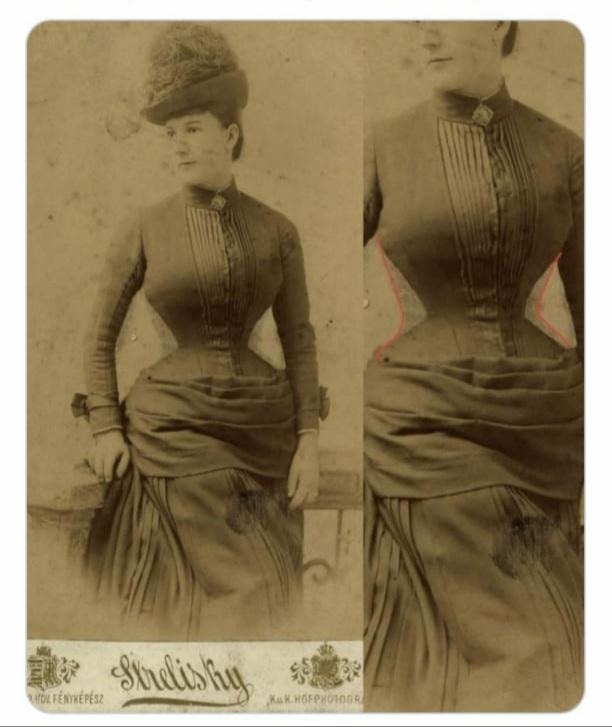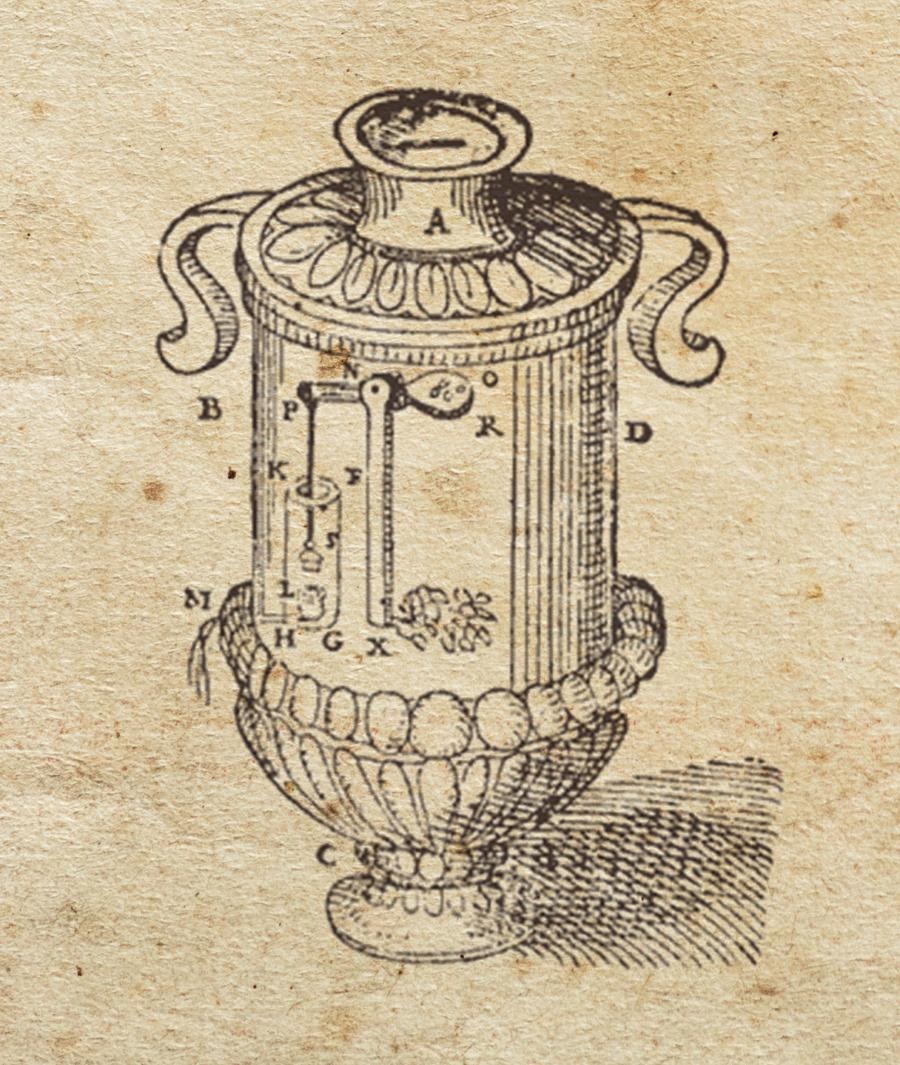7 ‘Modern’ Inventions You Can’t Believe Existed Centuries Ago
History is full of surprises, especially when we uncover inventions and practices from the past that seem remarkably ahead of their time.
From the Vikings’ poetic rap battles to ancient Rome’s vending machines, civilizations long before ours were crafting innovations that rival even today’s technology.
Here are extraordinary examples of how our ancestors were thinking way ahead of their time.
1. Ancient Greeks had a computer

This intricate set of gears and spirals, crafted between 205 and 60 BCE, is known as the Antikythera Mechanism, and it holds the title of the world’s first analog computer.
Discovered in a shipwreck off the coast of the Greek island Antikythera in 1901, this ancient device continues to astonish scientists and historians with its advanced technology.

The front of the mechanism is a marvel of engineering, meticulously designed to calculate the movements of the Sun, Moon, and planets with incredible precision.
It could even predict solar and lunar eclipses, allowing ancient astronomers to forecast cosmic events crucial for scientific observation and religious rituals.

But the back of the Antikythera Mechanism reveals an equally fascinating purpose. It was used to keep track of the timing and cycles of sports games, including the prestigious Ancient Olympic Games.
The complexity of the Antikythera Mechanism, with its over 30 bronze gears, suggests a level of technological sophistication that was previously thought impossible for the ancient world. I
2. Vikings had rap battles

Vikings are often stereotyped as ruthless barbarians who spent their days sailing and raiding, but in reality, they were much more complex. They had a democratic legal system, respected women’s rights, and even recognized the rights of children.
But one of their lesser-known cultural practices is something that might surprise you—they engaged in verbal battles similar to modern rap battles.
These verbal duels were called “flyting,” and they involved participants exchanging improvised poetic insults. Unlike rap battles today, where rhythm and flow are crucial, flyting was all about wit, creativity, and clever wordplay.

The audience would judge who delivered the best insults, making these contests popular entertainment, especially during feasts. Even the gods in Norse mythology were said to engage in flyting, showcasing their cunning through sharp-tongued exchanges.
Flyting wasn’t just limited to the Vikings. The tradition spread across England and Scotland, where it became a formalized practice between the 5th and 16th centuries. Royals like Scottish kings James IV and James V even enjoyed court flyting as a form of amusement.
The most famous recorded example is “The Flyting of Dunbar and Kennedie,” where two poets engaged in a battle of words, with one of them hurling what might be the first recorded poop insult.

While flyting has ancient roots, it wasn’t humanity’s first experience with competitive insults. Cultures across the world have similar traditions, from Japanese Haikai to the Mande practice of Sanankuya in West Africa. Even animals engage in non-physical dominance displays.
Flyting may have faded from history, but its spirit lives on in modern rap battles. While it’s unclear if there’s a direct link between the two, the essence of verbal combat—using wit, rhyme, and creativity to outdo an opponent—remains the same.
3. Chinese had street food corners in the 10th century

Chopsticks have been around since as early as the 12th century BCE, but they really gained popularity in China during the Song Dynasty (900-1200 CE), and it’s all thanks to the rise of street food culture.
At that time, street food wasn’t just a passing trend—it was a beloved part of daily life for both the poor and the wealthy. Everyone enjoyed the convenience and variety offered by these bustling food stalls.

To keep up with the demand, vendors needed a simple, affordable way to provide eating utensils. Enter chopsticks!
These cheap, easy-to-produce tools became the perfect solution for vendors needing disposable utensils that could be quickly supplied to hungry customers.
4. Victorians “photoshopped” their photos

Facetuning and photo editing to fit beauty standards isn’t just a modern trend—it’s been around for ages! Long before apps like Facetune and Photoshop, people in the early 20th century were already perfecting their portraits with a bit of creative photo manipulation.
Sure, there were the playful, obvious edits, like people holding their own heads, achieved with clever use of negatives. But everyday portrait retouching was also incredibly common.

Back then, photographers had their own tricks for making people look flawless. They would carefully scrape away wrinkles and blemishes with tiny blades or add touches of ink and paint to smooth out imperfections.
There were even manuals teaching the best techniques for editing photos. To make the process easier, professional portraits were often taken against blurred white or black backgrounds, allowing for seamless corrections.

Just like today, if you zoom in on these old photos, you might spot the telltale signs of editing—shadows that don’t quite match, lines that seem a bit off, or textures that look different.
Some edits were obvious, like the warped backgrounds we sometimes see in today’s Instagram pics, while others were more subtle and required a keen eye to notice.
5. Mesopotamians had a system for receiving customer feedback

Ancient Babylonians weren’t so different from us when it came to dealing with bad customer service—only they didn’t have email or social media to air their grievances. Instead, they voiced their complaints on clay tablets!
One fascinating example from the eighteenth century BCE is a clay tablet that features a letter from a very unhappy customer. After purchasing copper ingots of poor quality, he didn’t just let it slide.

He demanded better goods to replace the faulty ones, emphasizing that he had already paid.
But that’s not all—he also complained about how rudely his servant was treated during the transaction. It’s a classic “I-want-to-speak-to-the-manager” moment, captured in clay for all eternity!
6. Ancient Rome had vending machines

Ancient Rome wasn’t just about gladiators and grand architecture—they also had some pretty impressive technology that would make even modern inventors proud.
Imagine dropping a coin into a vending machine and getting a splash of water—yes, that existed in Ancient Rome! But that’s just the beginning.
Hero of Alexandria, a genius inventor living in Roman Egypt, created a range of incredible devices that showcased the technological prowess of the time.

Hero’s inventions went far beyond simple machines. He designed automated puppets that could perform plays up to 10 minutes long, a true marvel of ancient engineering.
These puppets were powered by a clever system of knots, ropes, and pulleys, bringing stories to life in a way that would have amazed audiences of the time.
But Hero didn’t stop there. He also created a wind-powered organ, which played music using the power of the breeze—a feat of innovation that combined art and engineering.

Perhaps most impressively, Hero developed an early steam engine, a device far ahead of its time. Unlike modern steam engines that use coal, Hero’s engine was fueled by wood.
It may not have powered trains or factories, but it was a remarkable demonstration of what could be achieved with steam power.
7. Indians had early forms of telescopes and air conditioning in the Iron Age

In the eighteenth century BCE, astronomy was the “in” thing in ancient India. Scholars and enthusiasts gathered at large observatories called Jantar Mantars, where they meticulously tracked the movements of planets with impressive accuracy.
These observatories were a testament to India’s advanced knowledge of the stars. Even more fascinating is that telescopes were already in use during this time, giving stargazers a closer look at the cosmos long before such technology became widespread elsewhere.

But the innovations didn’t stop with the stars. India’s hot climate required some clever thinking to stay cool, and the ancient Indians had just the solution. Many homes featured a special room with a pool built into the foundation, known as a stepwell.
This wasn’t just any pool—it was a natural air conditioner! As the water in the stepwell evaporated, it cooled and humidified the air, making the entire house more comfortable during the scorching heat.
Plus, these step wells were easy to access via stairs and served as a cool retreat, offering both practical relief from the heat and a relaxing spot to unwind.

